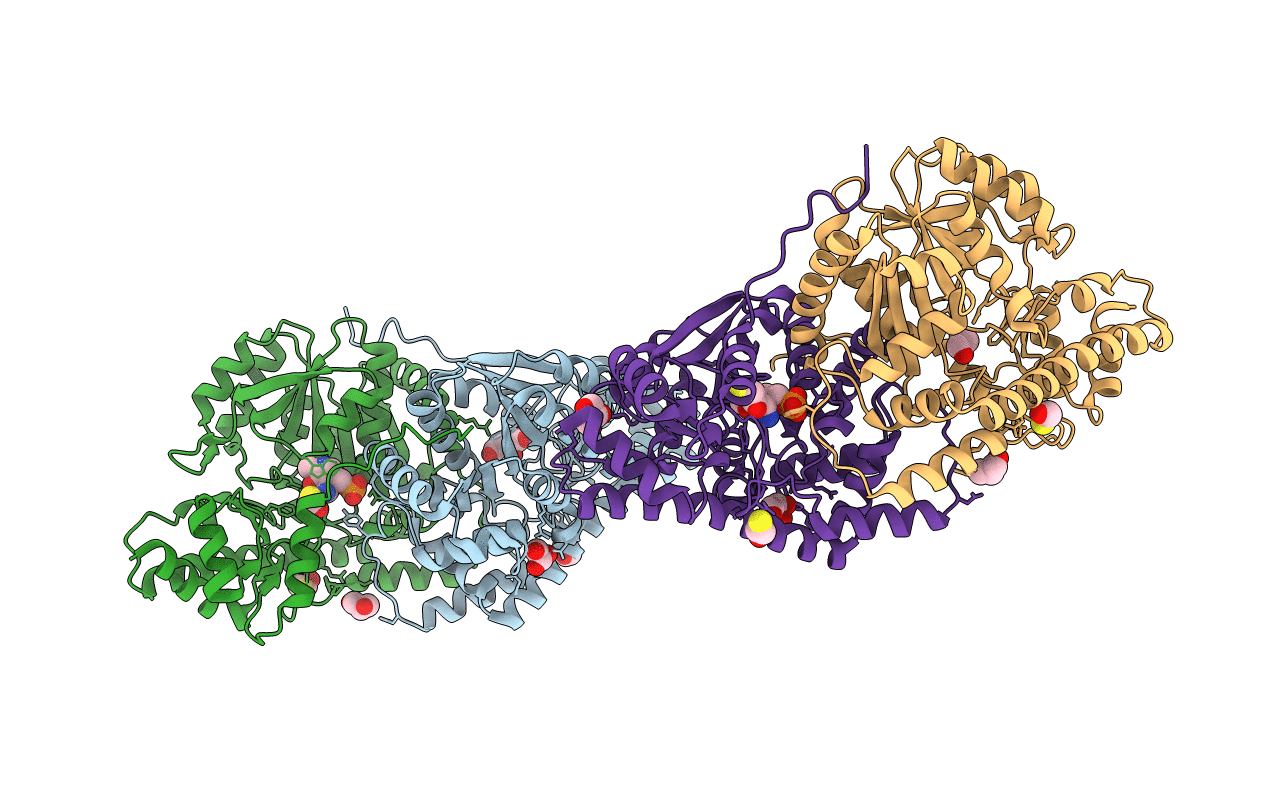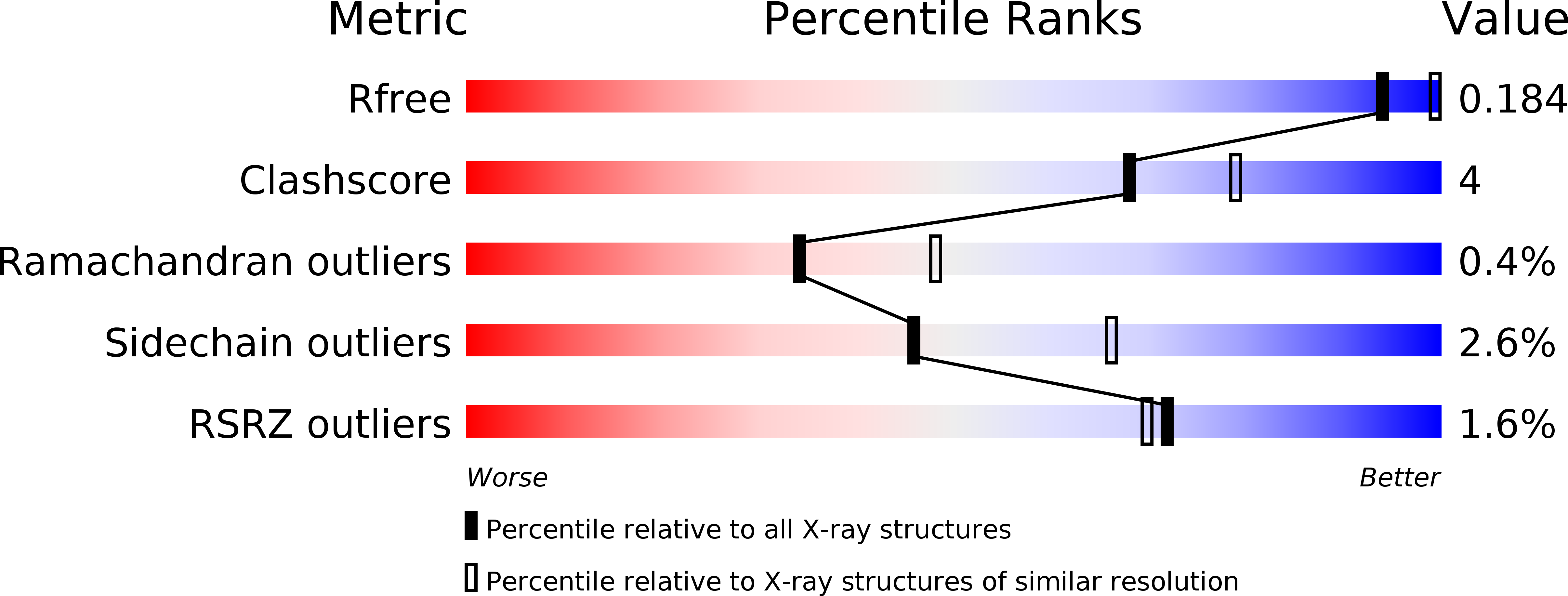
Deposition Date
2010-10-22
Release Date
2010-11-10
Last Version Date
2023-12-06
Entry Detail
PDB ID:
3PDB
Keywords:
Title:
Crystal structure of mouse mitochondrial aspartate aminotransferase in complex with oxaloacetic acid
Biological Source:
Source Organism:
Mus musculus (Taxon ID: 10090)
Host Organism:
Method Details:
Experimental Method:
Resolution:
2.40 Å
R-Value Free:
0.19
R-Value Work:
0.17
R-Value Observed:
0.17
Space Group:
P 21 21 2


